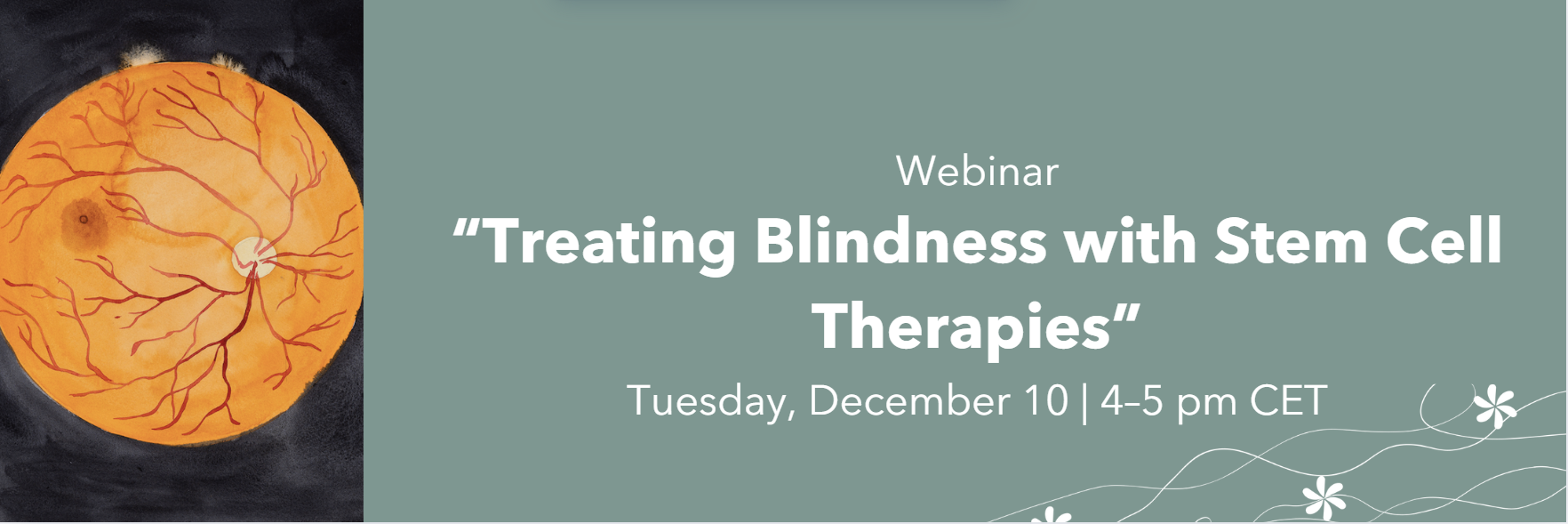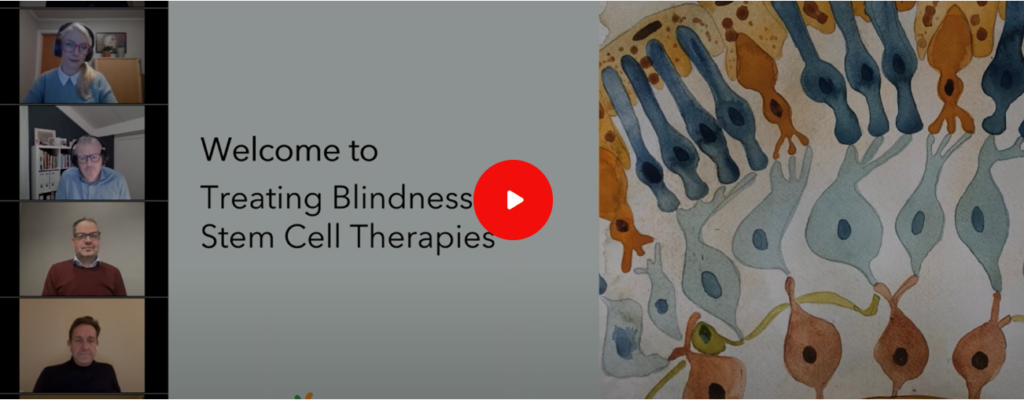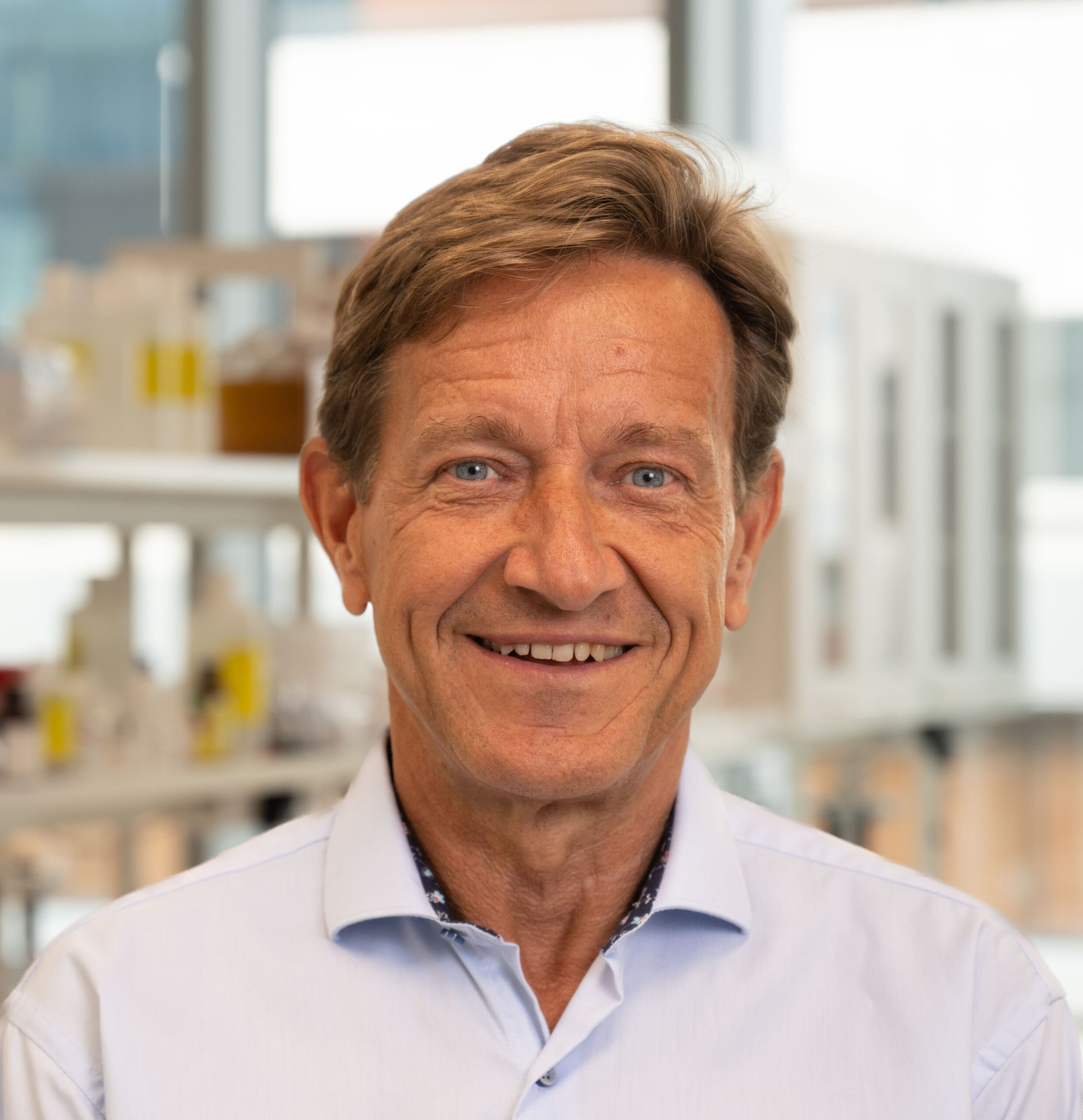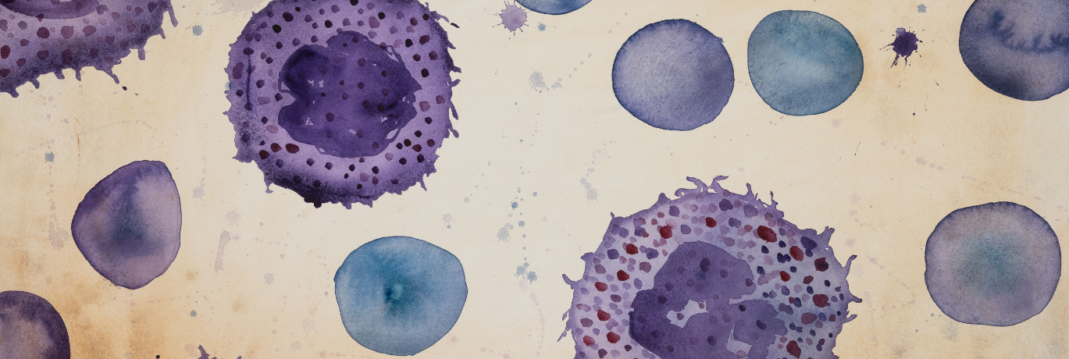Webinar Highlights
Treating Blindness with Stem Cell Therapies
— With Dr. Laura Koivusalo, Professor Dr. Anders Kvanta, Dr. Fredrik Lanner, Dr. Stijn Heessen, Dr. Kristian Tryggvason, MBA and Dr. Susanna Teppo —

Working with eye cells? We help them grow.
Biolaminin® substrates replicate the eye microenvironment in a defined, clinically relevant manner.
Discover how full-length laminin benefits eye cells:
Enhanced attachment and maturation of RPE cells, achieving in vivo-like functionality
Tian et al. 2024 Regenerative Biomedicine
Improved barrier function and consistent calcium signaling, indicating stable, functional RPE cells
Viheriälä et al. 2021 Scientific Reports
Improved cell survival and functionality during and after bioprinting
Grönroos and Mörö et al. 2024 Stem Cell Research & Therapy
In this webinar hosted on December 10, 2024, our panel of experts, Dr. Laura Koivusalo, Professor Dr. Anders Kvanta, Dr. Fredrik Lanner, Dr. Stijn Heessen, Dr. Kristian Tryggvason, MBA, discussed the latest advancements in pluripotent stem cell (PSC) therapies for eye disease, sharing insights into how these treatments are already transforming vision restoration, and what challenges lie ahead.
Webinar highlights:
We need (more) basic research and a broad approach
Several clinical trials are underway, demonstrating that PSC therapies are safe, with early signs of long-term effectiveness. A recent clinical study follow-up marks a promising step forward for treating LSCD.
However, key developmental challenges remain. Academic research is essential for addressing these gaps—such as uncovering the underlying mechanisms of diseases, developing biomaterials for transplantation, and standardizing cell identity markers.
Translating cell production from the lab to the clinic requires precision
Eye diseases are inherently complex, and stem cell therapies represent some of the most sophisticated treatments ever developed. Ensuring GMP compliance and consistency in production demands significant time and effort. With the field evolving rapidly, maintaining a forward-looking approach and starting with the end in mind are vital for success.
The cost of PSC therapies remain high, but there is optimism for the future
Even the best technical solutions can only go so far if investors and pharma lack sufficient incentives to get involved. To bring these treatments to patients, reimbursement challenges must be addressed early in the development process, with a focus on sustainability. The development of methods like automation offers hope for more efficient and cost-effective processes in the future.

Learn more about the work of our panelists

StemSight Oy, Finland
Directed differentiation of hPSCs towards CEnCs under defined conditions – Cells 2021

Prof. Dr. Anders Kvanta, St Erik Eye Hospital, Sweden
Interim safety and efficacy of gene therapy for RLBP1-associated retinal dystrophy: a phase 1/2 trial – Nature Communications 2024

Dr. Fredrik Lanner, Karolinska Institute, Sweden
A comprehensive human embryo reference tool using single-cell RNA-sequencing data – Nature Methods 2024

Alder Therapeutics AB, Sweden
Photoreceptor laminin drives differentiation of hPSCs to photoreceptor progenitors – Molecular Therapy 2023
Working with eye cells? We would love to support you!
About Laura Koivusalo, PhD, CEO and Founder, StemSight Oy, Finland
Laura Koivusalo is a Doctor of Science and Technology in Biomaterials and Tissue Engineering. Her commitment to translating scientific findings into clinical applications led her to co-found StemSight, where she leads the development of off-the-shelf cell therapies for corneal regeneration. StemSight’s approach combines iPS-derived cells with functional biomaterials to support tissue regeneration, enhance therapeutic safety, and simplify cell delivery.
About Professor Anders Kvanta, PhD, Ophthalmologist, Vitreoretinal Surgeon, and Retinal Disease Researcher, St Erik Eye Hospital, Sweden
Professor Anders Kvanta is an ophthalmologist and vitreoretinal surgeon specializing in complex retinal diseases. He integrates deep clinical expertise and translational research, particularly focusing on hESC-derived retinal cells to improve sustainable treatment options for patients with advanced retinal conditions.
About Fredrik Lanner, PhD, Assistant Professor, Stem Cell Biologist, Karolinska Institute, Sweden
Dr. Fredrik Lanner is an expert in stem cell biology and regenerative medicine and holds a PhD in cell and molecular biology. His research at Karolinska Institutet focuses on early human embryonic development and the development and use of GMP-compliant embryonic stem cells (ESCs) for therapeutic applications, primarily targeting conditions like diabetes and age-related macular degeneration.
About Stijn Heessen, PhD, Chief Operations Officer, Alder Therapeutics AB, Sweden
Dr. Stijn Heessen has a PhD in cell and tumor biology and 15 years of experience in global business development in the pharmaceutical sector. As the COO in the Alder Therapeutics team, he oversees business development, regulatory strategy, clinical planning, and market access of their PSC therapy pipelines, with a clear focus on developing photoreceptor cells for treating retinitis pigmentosa.
About Kristian Tryggvason, PhD, MBA, Founder and CEO, Alder Therapeutics AB, Sweden
Dr. Kristian Tryggvason, with a PhD in Cell and molecular biology, combines scientific expertise with business leadership across cell therapy, drug development, and cell culture reagents. As CEO of Alder Therapeutics, he leads the development of functional pluripotent cell therapies with a special focus on the commercial end product.
About BioLamina and Biolaminin® technology
BioLamina is a biotechnology company with a scientific base and heritage in matrix biology and cell culture research. It supports scientists with the struggles to grow pluripotent stem cells and other primary cells in the lab. By providing tools for efficient and easy cell culture, BioLamina aims to ease the path toward safe and effective cell therapies and increasingly accurate cell models for drug discovery and development. The power of Biolaminin® substrates, developed by BioLamina, has been demonstrated in numerous publications, and they will continue to provide vital support to the stem cell community—from scientific concepts to clinical studies. Based in Stockholm (Sweden), the company currently employs 90 people.

Talk to our team for customized support
We are here to help you in your journey.